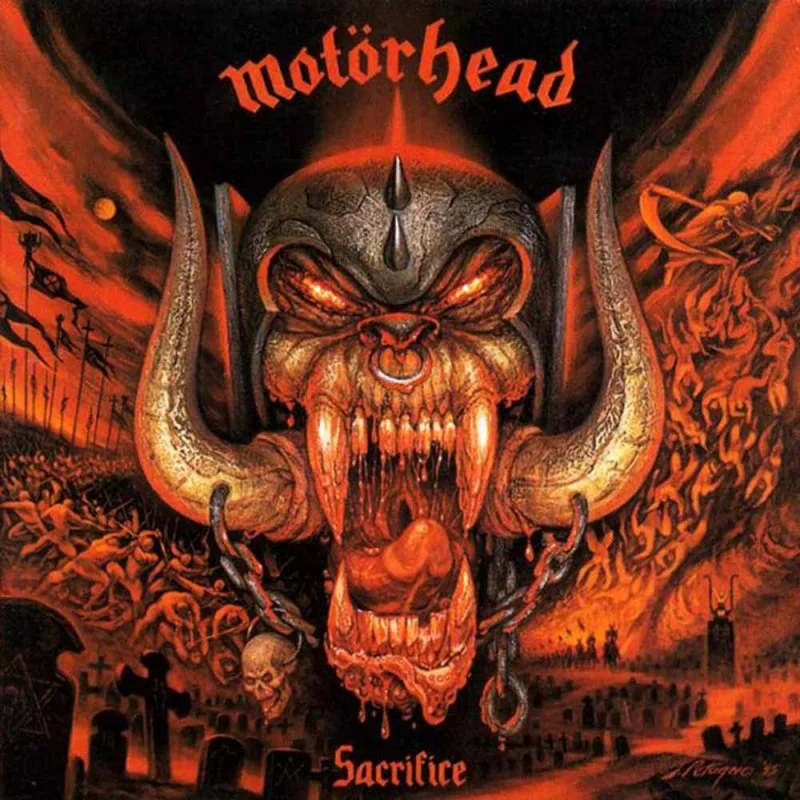- cross-posted to:
- micromobility@lemmy.world
- cross-posted to:
- micromobility@lemmy.world
cross-posted from: https://sh.itjust.works/post/26471848
I’ve got I’ve that looks a bit like this. ATGATT means a full-face helmet. That’s why I have a face, on account of using it for an unconventional braking technique after a high-side caused by getting sideswiped by an SUV.
“unconventional braking technique”, lol, I think we’ve all used that on occasion.
And we all have brown pants because of it.
Oh, I was talking about using my face to reduce my speed as I was going down the highway, with my bike catching up to me. No brown pants but a good 18hr hospital stay.
That’s why even though I ride a cruiser I wear a full face helmet. I am glad there are more casual looking full face helmets instead of only sport bike looking ones. No more excuse of “it ruins the style” or whatever.
Tried to cuddle with your new cat?
And miss out on some cool brain matter scars?
A guy without scars is a guy without stories
a guy without a jaw cannot tell stories.
That’s a quite ablist sentiment once you think about it too long
Also remember Helmets expire after 5 to 8 years, and if yours is expired, it’s almost worthless in a crash
An older helmet is WAY better than no helmet. I would take a 20 year old full face helmet over a brand new half helmet in a crash. I like my face.
Yeah I am not saying don’t wear a helmet if yours is expired, a 10 year old helmet is definitely better than no helmet. But if your helmet is expired and you are in a crash, it could affect your legal proceedings/compensation and increases your chances of getting a head injury. Afaik the part that actually expires is the foam that actually protects your head from head/brain injury.
I rode for about 15 years with expired helmets I would get from thrift stores and garage sales before I found it they wouldn’t help much in a crash. I was, however, in a minor crash where the expired helmet (Shoei) held up and probably saved me from a concussion. So better something than nothing.The foam really doesn’t degrade with age, that’s a myth. It’s basically the same material as Styrofoam.
Definitely replace if it’s been crashed in and took a hit. If you’re unsure, some of the fancier Japanese brands will inspect a helmet to tell you whether it’s still good to use.
Wait, are you saying that helmets don’t expire, and that’s just something manufacturers tell you to sell more helmets? Other than the obvious parts that eventually break/wear. My instructor for my last motorcycle license test told us that they expire during training.
EDIT: I did some quick research and I can’t find any definitive answer, but I found a few law firms stating that helmets expire and that could affect compensation in a crash, so I am making the assumption that infers legal precedence which means at one point there was scientific evidence brought forth to prove that helmets deteriorate to show that the rider was negligent. NAL.
I don’t know if they tell us that just to sell more helmets, but I’m fully convinced there is no such thing as a shelf life for a helmet. That’s not to say there aren’t good reasons for replacing a helmet in general, like wear and weathering to the shell / visor / pivot points, advances in features and tech. Personally I wouldn’t buy a used helmet because it’s tough to tell if it took a drop that could have compressed that foam. And yes there are people and curricula that will tell you a helmet lasts only 2-4 years, even the MSF: https://smarter-usa.org/wp-content/uploads/2017/06/26321_MSF.pdf I was a RiderCoach myself, and I think that is so dumb. Could you imagine paying $300+ every two years to replace a good helmet with no damage? That’s more than than the depreciation my bike has taken while I’ve owned it. I’m interested to see the legal reasoning presented for compensation based on helmet age. To me that doesn’t make a ton of sense, but a lot of questionable logic has factored into judgments in the past.
false, they do degrade with age and use. source: https://youtu.be/_nbQsnUvlo4
Hitting old foam with a hammer so that it shears apart is dramatic, but that’s not the kind of force that it sees in actual use, and not a scientific test.
Here’s a study on old used bicycle helmets which use the same materials: https://pubmed.ncbi.nlm.nih.gov/26902784/
It found no difference in impact attenuation properties.
The point in the video that you are missing is that the material when new, has oils that makes it spongy and more effective. Those oils evaporate with time. The demonstration with the hammer is just to show very casually how brittle the material becomes compared with a new one, and the difference is evident.
The study you linked, as yourself said, is for bicycle helmets. They are not designed to protect you against the same amount of force as a motorcycle helmet.
edit: typo
But they’re made of the same material so it shouldn’t make a difference. They also didn’t hit the foam with a hammer in the study, by the way.
To the point of FortNine’s accuracy in the figures, Ryan says himself that he’s not aware of a proper study performed on used motorcycle helmets and he has his own personal formula, so… reasoned but not a source of scientific truth.
Looks like my stepmother’s claws got to you.
In my experiences, the helmet is the least needed piece of gear. By that I mean, definitely also wear armoured jacket, pants, gloves, and boots. With all that and a helmet, you’ll only need to worry about breaking bones, which is nothing in comparison to the other outcomes. Neglect the other gear and you’ll wish you didn’t wear a helmet.
Edit: Hm, apparently a lot of.Lemmingtons need to wear helmets off the bike too, or make it past the first line of a comment before reacting, or there’s a lot of squids here.
Conversely, neglect the helmet and there’s a good chance that you will become a significant financial burden on your family due to a TBI.
Well that all depends on how fast the sedan that hit you was going as you minded your own business going through the green light. Either way, “Huh?” was probably the last word ever spoken.
Δv definitely increases the risk but plenty of life-ending and life-altering injuries occur at low speeds. The Leatt neck brace was invented after a doctor was unable to resuscitate an enduro rider who had a low-speed get-off and broke his neck.
If you skip the helmet the only thing your gear is doing is leaving an intact corpse



